"Santería is based upon the development of personal relationships through divination, sacrifice, initiation, and mediumship between practitioners of the religion and the Orisha deities, who provide their devotees with protection, wisdom, and success and who guide devotees in times of crisis. Most Ifá consultations prescribe some form of sacrifice to one or several of the Orishas. These offerings may range from simple presentations before home altars to elaborate feasts in the Orishas’ honour." [source]
The illustrations below are from a set of seventeen lithographs of Orisha by Alberto del Pozo from about the 1980s, courtesy of University of Miami Digital Libraries [Oricha Collection].
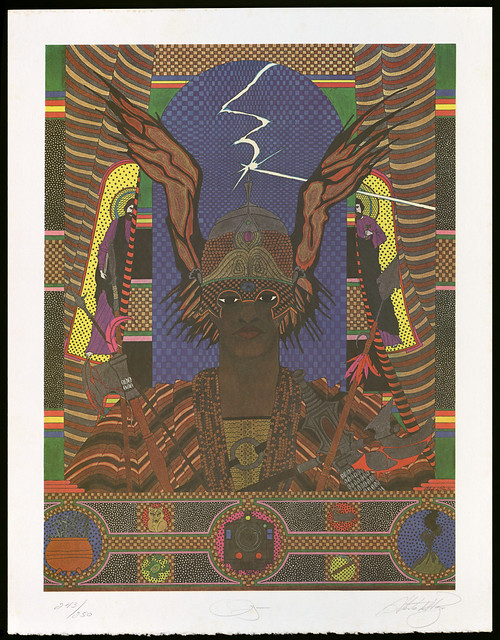
The blacksmith god of metal and war, Ogun is the implaccable enemy of his brother Chango. Whenever they meet they duel. He lives deep within the earth, and is represented by a three-footed pot with nine to twenty one iron utensils that symbolise smithies and industry. The machete is also his symbol. A hard working and unforgiving god, Ogun must never be invoked in vain, and if lied to he punishes severely. He accepts offerings of tobacco, avocados, and lamb.
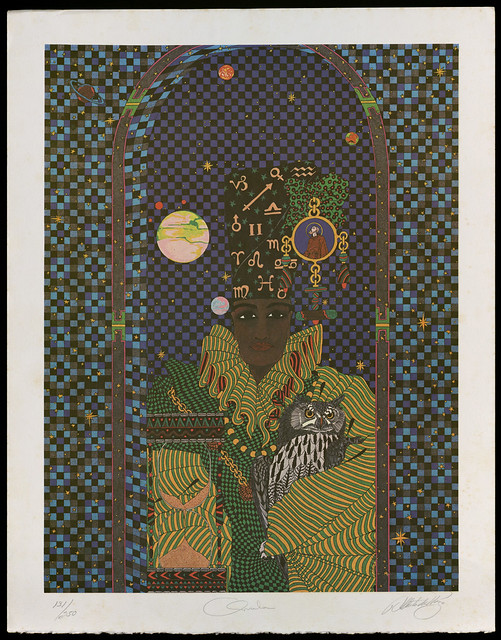
Orula is the father of time and lord of divination. His other names are Ifa and Orumbila. He owns ate ifa, the sacred board, and okuele, the sacred chain, which babalawos and yllalochas (priests and priestesses) must consult to view the future.
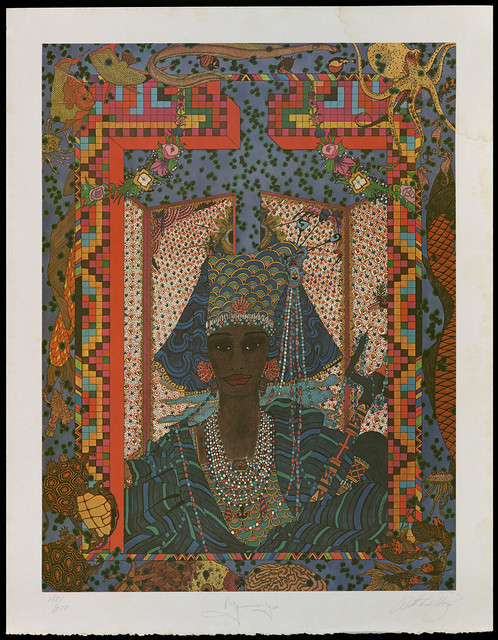
Queen of the waters, Yemayá is the mother of all Orichas. A siren at sea, on land she becomes an amazing beauty adorned with the manifold treasures of the deep. Her conduct is impeccable, and she is the ultimate protector of the faithful. Her messenger is a mouse and a serpent her constant companion.
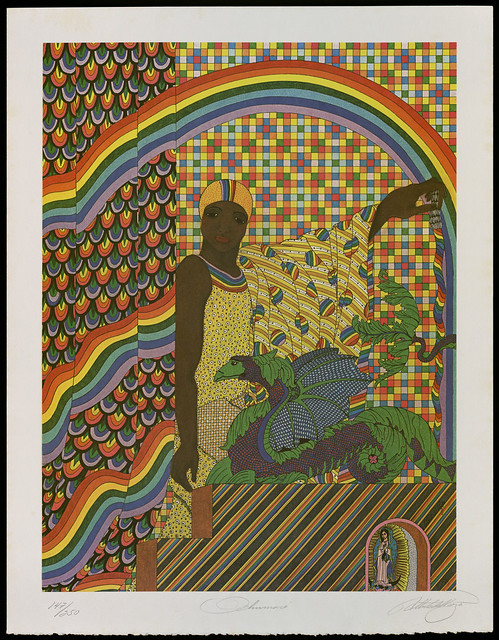
Symbolizing peace and harmony, Ochumare is the god of the rainbow, the link between heaven and earth.
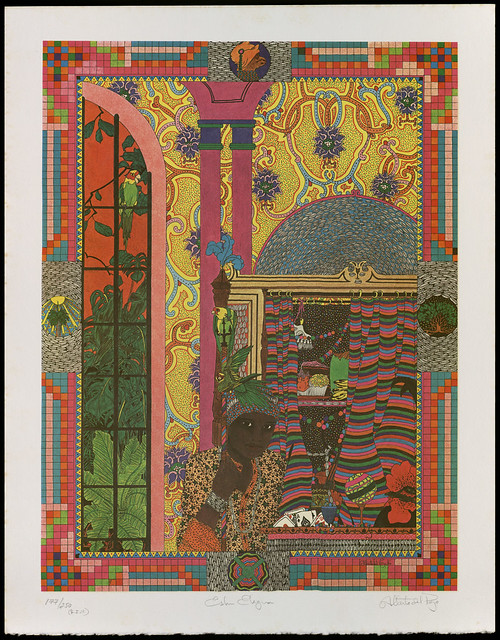
Among the most ancient of the Orishas Echú Eleguá is the messenger of the gods, who forges roads, protects the house, and is heaven's gate-keeper. In any ceremony he is invoked first. He owns all cowrie shells and is the god of luck. A prankster, Echú Eleguá frequently has a monkey and a black rooster by his side. Like a mischievous boy he enjoys gossip and must be pampered with offerings of toys, fruit, and candy.

Extremely handsome, Changó is a fearless warrior. He is the god of thunder and fire and is notorious as a woman chaser and superb dancer. He is also a great seer and healer. The royal palm, which is the symbol of his divinity, is also his home and throne.

Living in the cemetery, Yewa is the goddess of death and mistress of all souls. She is deeply respected and feared.

Also known as Yansa, Oya is Changó's third wife. She is the goddess of the winds and of lightning and is mistress of the cemetery gates. Passionate and brave she fights by her husband's side if needed. Her favorite offerings are papaya, eggplant and geraniums.
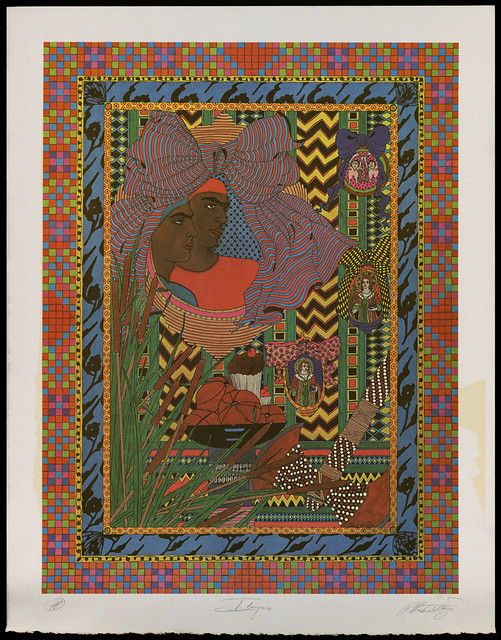
Ibeyi are Taibo and Kainde, the twin sons of Changó and Ochún. Princes of mischief, they sometimes disguise themselves as little girls. They represent fortune and good luck, and must always remain tied together to avoid losing their power.
"Visual artist Alberto del Pozo (1945-1992) was born in Santa Clara, Cuba. With his parents, he was exiled to the United States in 1961. He attended Coral Gables High School in Miami and Parsons School of Design and the Fashion Institute of Technology in New York. From 1970 to 1975, he worked as a costume and set designer for Brooks Van Horn. Returning to Miami in 1976, he dedicated himself to his art. Del Pozo died in Miami at age 46 in 1992."
There are about twenty five Orichas in the Santería pantheon, 17 of which were depicted by del Pozo in this series: The Orichas Collection at the University of Miami Digital Libraries.




No comments:
Post a Comment